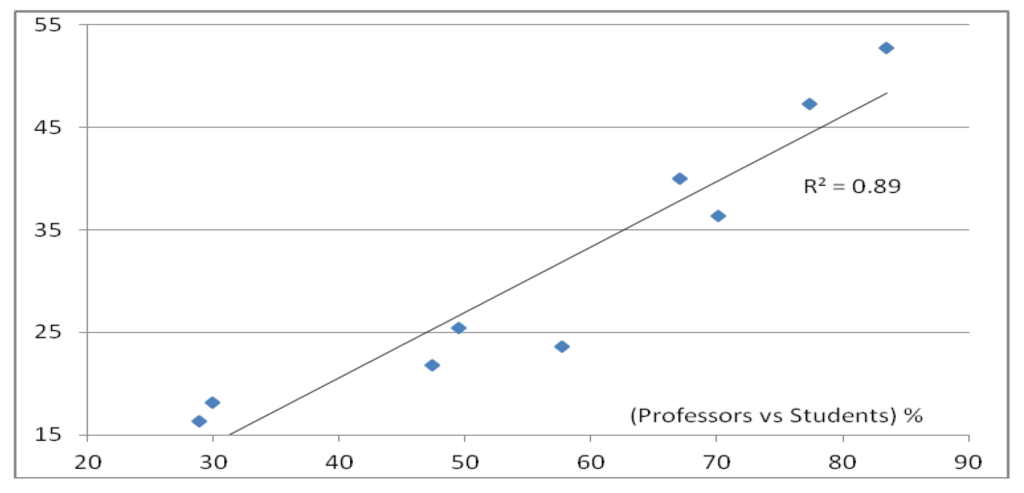In an age characterized by relentless innovation and data-driven decisions, specific numerical values often carry more weight than mere figures. One such figure, 57.2×2, merits closer examination due to its various practical applications and notable advantages across different fields. From mathematics and engineering to economics and everyday life, this seemingly simple multiplication result can unveil layers of meaning and utility. Let’s dive in and explore the implications of this value, uncovering its practical applications and the benefits it brings.
What Does 57.2×2 Equal?
Before we delve into its applications, it’s essential to establish the product of the equation. The calculation yields:
57.2×2=114.457.2 × 2 = 114.4
Understanding this result opens the door to numerous applications across various sectors.
Practical Applications of 114.4
- Mathematics and Education:
- Teaching Multiplication: The equation serves as a fundamental example in classrooms to teach students the principles of multiplication. Using real-world scenarios such as doubling quantities—like ingredients in a recipe—helps students grasp the concept of multiplication through relatable contexts.
- Decimals in Use: The inclusion of a decimal reinforces lessons in decimals, fractions, and percentages, as students learn to manipulate numbers beyond whole integers.
- Finance and Economics:
- Budgeting and Planning: When managing finances, individuals may need to double a budget estimate or project future expenses. Here, 57.2 can represent an initial cost (e.g., $57.20), and understanding its double (i.e., $114.40) aids in detailed budget forecasting.
- Market Analysis: Economic analysts often use such calculations when evaluating potential market growth or predicting future revenue streams based on current performance metrics.
- Engineering and Design:
- Material Quantities: In manufacturing or construction, knowing how to scale measurements is crucial. If a project’s cost per unit is $57.20, calculating the total estimated cost for double the quantity can be done swiftly using 57.2×2.
- Standards and Specifications: Engineers often rely on known constants or values. Applying the multiplication principle can ensure components remain compliant with industry standards by determining tolerances or material requirements.
- Health and Nutrition:
- Nutritional Guidelines: Consider the case of meal planning, where a serving size may contain 57.2 grams of a particular nutrient. Calculating the nutrient content for two servings—114.4 grams—streamlines dietary planning and assists dietitians in crafting balanced meal plans.
- Fitness Goals: For fitness enthusiasts, tracking caloric intake or macronutrients can also employ this calculation when adjusting meal portions to meet specific dietary targets.
- Data Analysis:
- Statistical Applications: In data-driven fields, such as data analysis or research, precise calculations are vital. Analysts often apply multiplication to derive averages or projections based on existing datasets, where values like 57.2×2 can refine understanding and interpretation of data trends.
Advantages of Using 57.2×2
- Simplicity and Clarity:
- A straightforward calculation provides a clear framework for understanding concepts both in academic settings and practical applications. Simplifying complex problems into manageable figures aids in fostering comprehension.
- Versatility Across Disciplines:
- As depicted, 57.2×2 finds relevance in various fields like finance, education, engineering, and health. This versatility underscores the importance of mastering basic mathematical principles.
- Facilitating Critical Thinking:
- Understanding such numbers encourages analytical thinking. Professionals and students employ multipliers like 57.2 to draw insights and make informed decisions based on quantitative analysis.
- Connection to Real-World Scenarios:
- Linking numerical values to everyday situations increases engagement. By presenting mathematical concepts in relatable terms, learners can see the practical benefits, enhancing retention and application.
Conclusion
The value 57.2×2—resulting in 114.4—serves far beyond its numeric simplicity. Its applications extend across diverse fields, making it a valuable tool for educators, professionals, and individuals alike. By recognizing the practical benefits of understanding such numbers, we embrace a mathematical mindset, tailor our outputs for various needs, and improve our decision-making capabilities in various aspects of life.
In a world driven by data and precision, let’s not underestimate the power of a seemingly simple multiplication. It is in these fundamental numbers that we often find the keys to unlocking complex challenges and pursuing innovative solutions.

